Premium Only Content
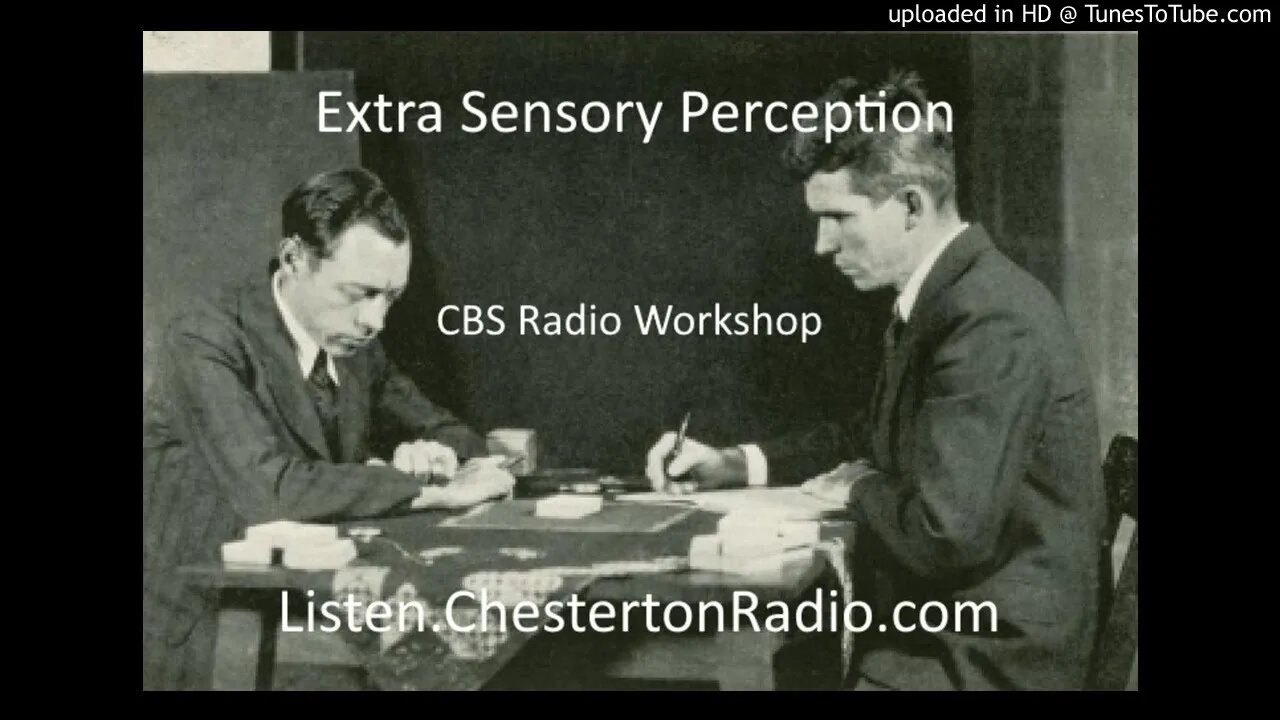
Extra Sensory Perception - CBS Radio Workshop
Extrasensory perception or ESP, also called sixth sense, includes claimed reception of information not gained through the recognized physical senses, but sensed with the mind. The term was adopted by Duke University psychologist J. B. Rhine to denote psychic abilities such as intuition, telepathy, psychometry, clairvoyance, and their trans-temporal operation as precognition or retrocognition.
Second sight is a form of extrasensory perception, the power to perceive things that are not present to the 5 senses, whereby a person perceives information, in the form of a vision, about future events before they happen (precognition), or about things or events at remote locations (remote viewing). There is no scientific evidence that second sight exists. Reports of second sight are known only from anecdotal evidence given after the fac
The CBS Radio Workshop was an experimental dramatic radio anthology series that aired on CBS from January 27, 1956, until September 22, 1957.[Subtitled “radio’s distinguished series to man’s imagination,” it was a revival of the earlier Columbia Experimental Laboratory (1931), Columbia Experimental Dramatic Laboratory (1932) and Columbia Workshop broadcasts by CBS from 1936 to 1943, and used some of the same writers and directors employed on the earlier series. The CBS Radio Workshop was one of American network radio's last attempts to hold on to, and perhaps recapture, some of the demographics they had lost to television in the post-World War II era.
The premiere broadcast was a two-part adaptation of Aldous Huxley's Brave New World, introduced and narrated by Huxley. It took a unique approach to sound effects, as described in a Time (February 6, 1956) review that week:
It took three radio sound men, a control-room engineer and five hours of hard work to create the sound that was heard for less than 30 seconds on the air. The sound consisted of a ticking metronome, tom-tom beats, bubbling water, air hose, cow moo, boing! (two types), oscillator, dripping water (two types) and three kinds of wine glasses clicking against each other. Judiciously blended and recorded on tape, the effect was still not quite right. Then the tape was played backward with a little echo added. That did it. The sound depicted the manufacturing of babies in the radio version of Aldous Huxley's Brave New World.Time, February 6, 1956
Music for the series was composed by Bernard Herrmann, Jerry Goldsmith, Amerigo Moreno, Ray Noble and Leith Stevens. Writers adapted to the series included John Cheever, Robert A. Heinlein, Sinclair Lewis, H. L. Mencken, Edgar Allan Poe, Christopher Isherwood, Frederik Pohl, James Thurber, Mark Twain and Thomas Wolfe. (Wikipedia)
-
 18:12:15
18:12:15
Chesterton Radio
1 year ago $4.09 earnedChesterton Radio Live - Christmas Mystery-Drama-Adventure-Comedy - Chuck the TV & Discover a Whole New World!
17.4K2 -
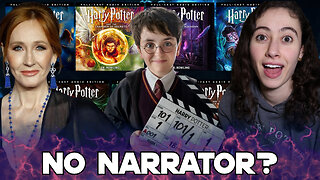 14:12
14:12
BlabberingCollector
19 hours agoHBO Show Update, Audible Full Cast Ensemble Updates, Wizarding World Quick Hits!
27.3K1 -
 LIVE
LIVE
Lofi Girl
2 years agoSynthwave Radio 🌌 - beats to chill/game to
302 watching -
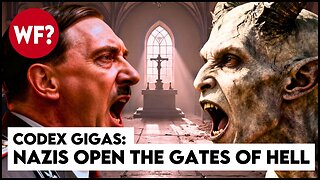 31:30
31:30
The Why Files
7 days agoCodex Gigas | The Devil's Bible and the Nazi Hole to Hell
185K82 -
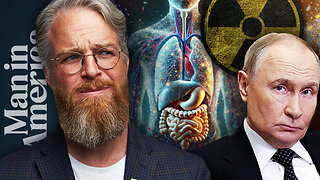 1:05:26
1:05:26
Man in America
20 hours ago“Poseidon” Doomsday Sub, Microplastics & The War on Testosterone w/ Kim Bright
106K9 -
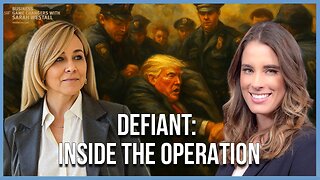 1:05:57
1:05:57
Sarah Westall
12 hours agoThe Story the DOJ, the FBI and the Media doesn’t want you to Know w/ Christina Bobb
63.3K11 -
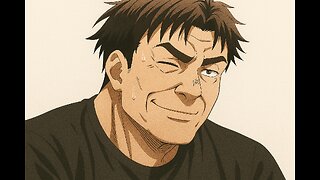 2:16:01
2:16:01
IsaiahLCarter
1 day ago $19.94 earnedGraham Linehan: A Mess of Courage and Conviction || APOSTATE RADIO 034
44K1 -
 2:03:29
2:03:29
Tundra Tactical
13 hours ago $18.45 earned🛑LIVE NOW!! Honest Gun Company Slogans Gun Mad Libs and Much More
42.2K2 -
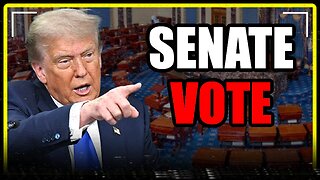 4:54:33
4:54:33
MattMorseTV
14 hours ago $299.11 earned🔴Senate VOTES to END the SHUTDOWN.🔴
175K265 -
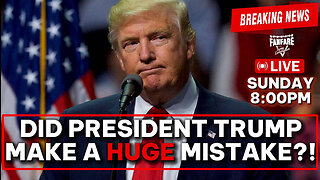 2:55:39
2:55:39
Barry Cunningham
1 day agoBREAKING NEWS: DID PRESIDENT TRUMP MAKE A HUGE MISTAKE? SOME SUPPORTERS THINK SO!
69.5K45